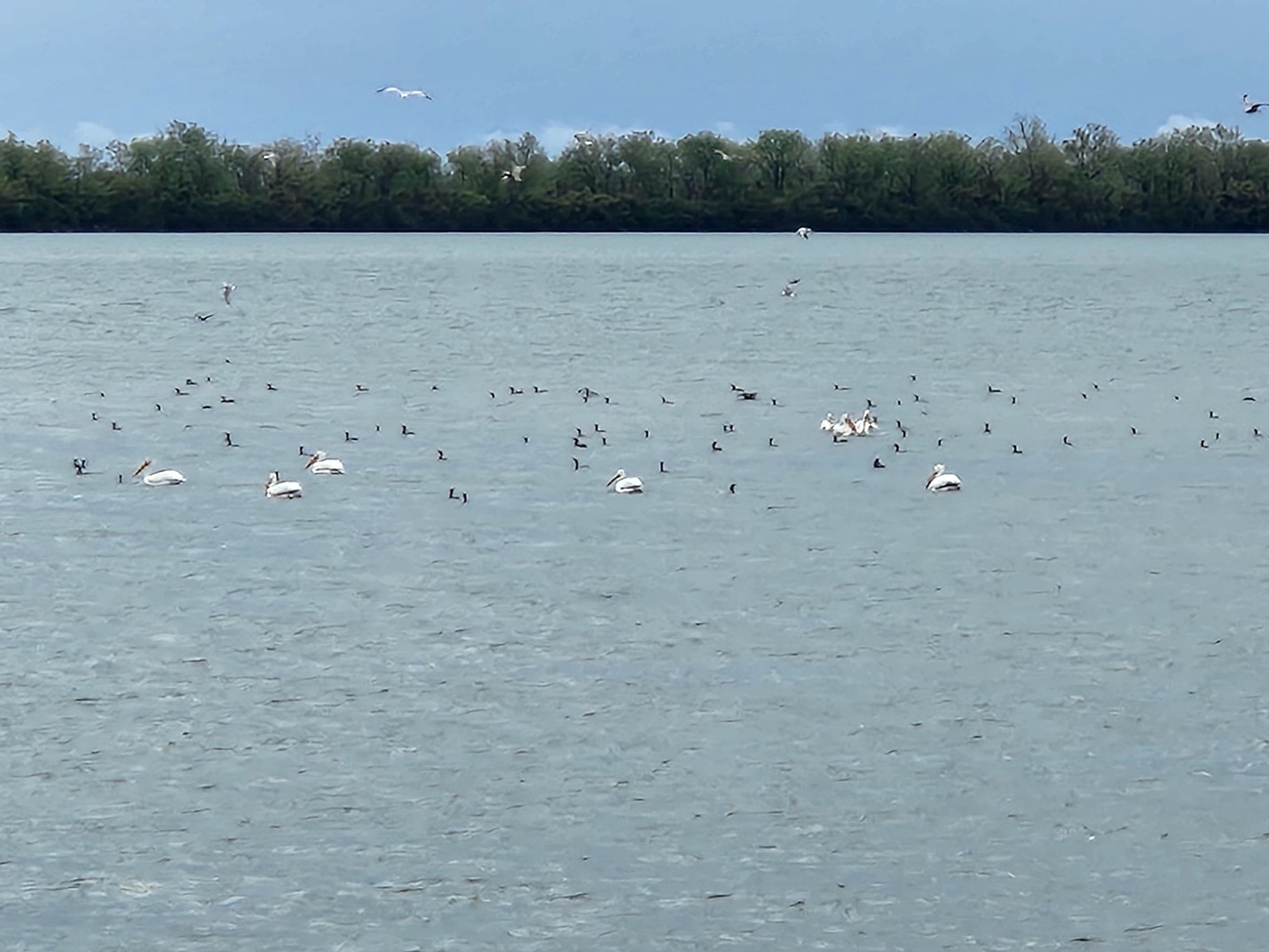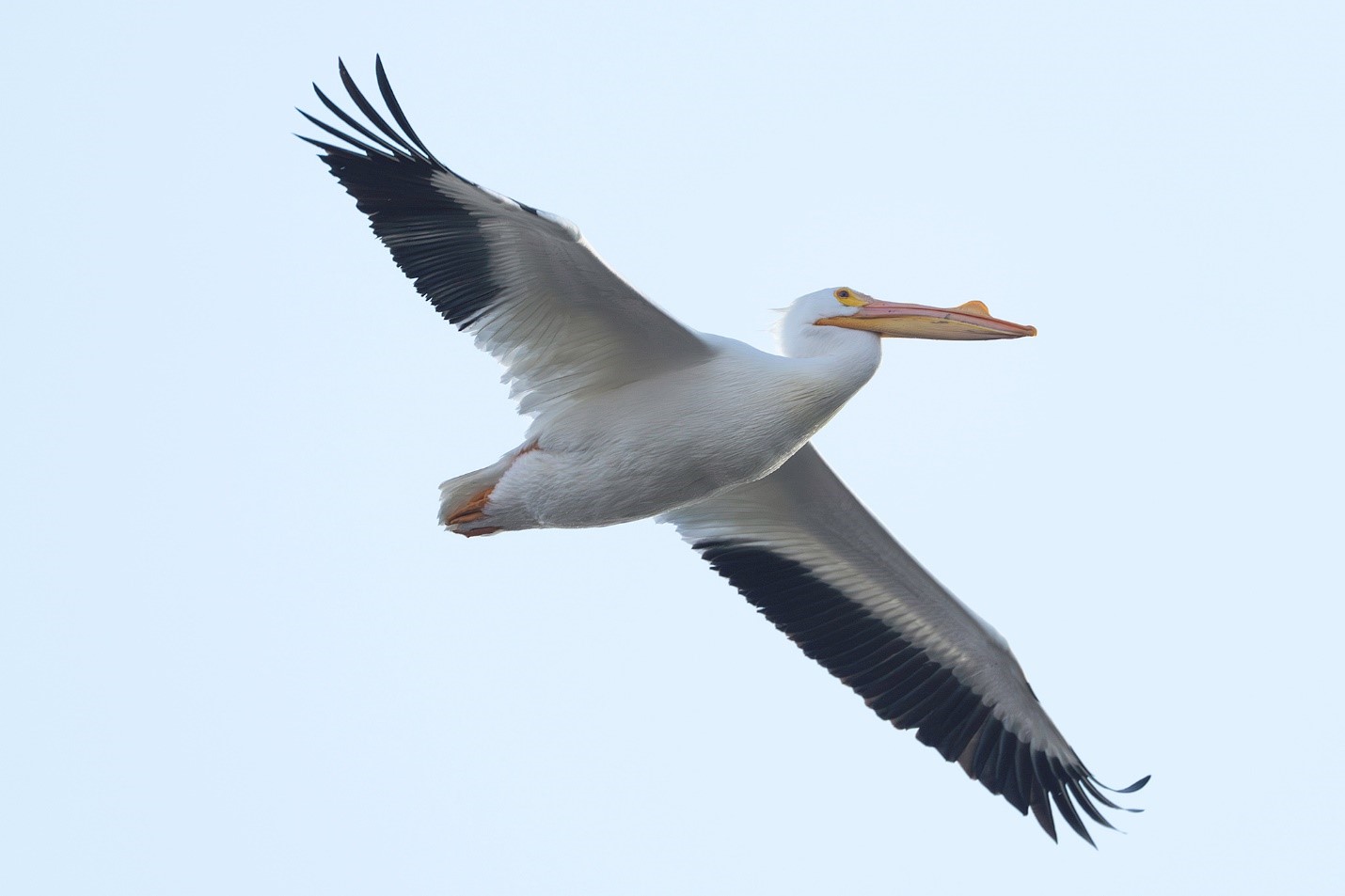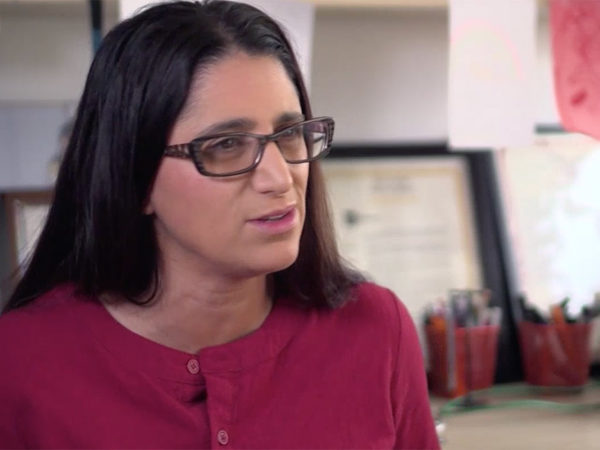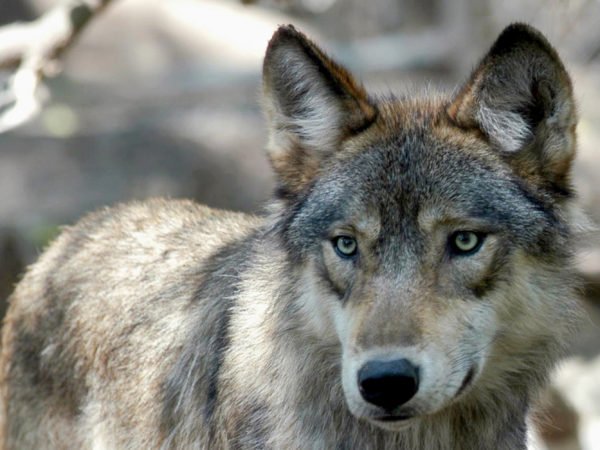
Great Lakes Moment is a monthly column written by Great Lakes Now Contributor John Hartig. Publishing the author’s views and assertions does not represent endorsement by Great Lakes Now or Detroit PBS.
It was mid-morning on a beautiful early May day. It was clear and sunny and the white puffy clouds were a perfect contrast to the pale blue waters of the lower Detroit River. Out of the corner of my eye, I saw some birds flying together up the river. From a distance, I could see two distinct species — one dark black and the other white. As they got closer and reached my location, they decided to land. Upon closer look, the majority were double-crested cormorants and the others American white pelicans. Most people do not normally associate pelicans with the Detroit River. Further, why were these two species flying and perching on the water together?
Double-crested cormorants are large waterbirds native to the Great Lakes. They get their name from the two tufts of feathers, or nuptial crests, that develop behind their eyes during breeding season. They are matte black with small heads and long kinked necks. You will find them near rivers, lakes, and coastal areas. Cormorants dive underwater to catch primarily fish but are also known to eat insects, crustaceans, and amphibians. Their short, muscular wings enable underwater “flying,” and their webbed feet serve as powerful paddles for chasing fish.
Cormorants eat about a pound of fish per day and, therefore, are often blamed for depleting fish stocks. They nest on the ground, cliff edges, trees, shrubs, and in artificial structures. They migrate in winter to the southeastern and southern United States.
American white pelicans are huge waterbirds with black-tipped wings stretching 9-10 feet across. You cannot miss them. They have long necks and a massive bill that gives the head a unique, long shape. These avian master anglers are native to North America and forage by swimming on the water surface, dipping their bill into the water, and scooping up fish in their gular or throat pouch. Their preferred prey is small schooling fishes like gizzard shad and minnows, and they can consume up to four pounds of fish per day.

American white pelican in flight. (Photo courtesy of Jerry Jourdan)
American white pelicans were considered “a rare vagrant” to Lake Erie up until 2014. Then, sightings of these fascinating waterbirds became more common. Pelican nesting was first discovered on Big Chicken Island and Middle Sister Island in Canadian waters of western Lake Erie in 2016.
Later in 2019, pelican nesting was discovered at another site in western Lake Erie — Pointe Mouillee State Game Area in Brownstown, Michigan, and one site in eastern Lake Erie — Mohawk Island National Wildlife Area near Lowbanks, Ontario. American white pelicans nest in shallow depressions made from gravel, sand, or soil on islands in freshwater lakes, or in coastal wetlands. Populations breeding east of the Rocky Mountains migrate south and east, mostly along river valleys, to winter along the Gulf of Mexico.
According to the Cornell Lab of Ornithology, American white pelicans and double-crested cormorants are often found together. They sometimes forage together, although they mainly hunt different fish and at different depths. These two species are often seen traveling together to and from foraging and loafing — resting and preening — sites like on the lower Detroit River and western Lake Erie. Cormorants are also known to build their nests and raise their young within pelican colonies.
Both of these fish-eating waterbirds have four toes joined by webbing to aid in swimming. One big difference between pelicans and cormorants is that they forage for fish in different ways. Cormorants dive for their prey, while pelicans herd or shepherd their prey into shallow waters and “pick them off.”
“Having made regular visits to Pointe Mouillee State Game Area for the past 40 years, I can remember a time when sightings of double-crested cormorants and American white pelicans were rare,” noted Bruce Szczchowski, a science teacher at Southgate Anderson High School in Southgate, Michigan, and avid birder who first documented pelican nesting at Pointe Mouillee. “Today, cormorants are overly abundant, and more than 100 pelicans gather annually in the marshland of Point Mouillee. Pelicans appear in late winter or early spring to excite surprised visitors who may not have known such magnificent birds are now calling Pointe Mouillee their summer home. Seeing them come back every year now is truly a joy to behold and another of Michigan’s Great Lakes’ marvels!”
Although these two birds usually coexist peacefully, pelicans have been known to steal food from cormorants, especially when the cormorants return to the surface with a prized catch. Pelicans are also known to periodically steal fish from other pelicans.
Scientists call this pelican-cormorant association a symbiotic relationship where two different species live in close physical association, typically to the advantage of both. The advantage is believed to be that when foraging together, they can help each other spot fish.
So, if you are a casual or avid birdwatcher, you might be in for a treat in seeing American white pelicans who have moved into the Detroit River-western Lake Erie neighborhood in the last 5-8 years. You might even see them with their fishing buddy, the double-crested cormorant, and ponder their symbiotic relationship.
John Hartig is a board member at the Detroit Riverfront Conservancy. He serves as a Visiting Scholar at the University of Windsor’s Great Lakes Institute for Environmental Research and has written numerous books and publications on the environment and the Great Lakes. Hartig also helped create the Detroit River International Wildlife Refuge, where he worked for 14 years as the refuge manager.
Catch more news at Great Lakes Now:
Great Lakes Moment: Detroit River’s important role in lake whitefish
Great Lakes Moment: Gordie Howe International Bridge becomes part of binational trail system
Featured image: American white pelicans and double-crested cormorants on the lower Detroit River, May 2024. (Photo Credit: John Hartig)




